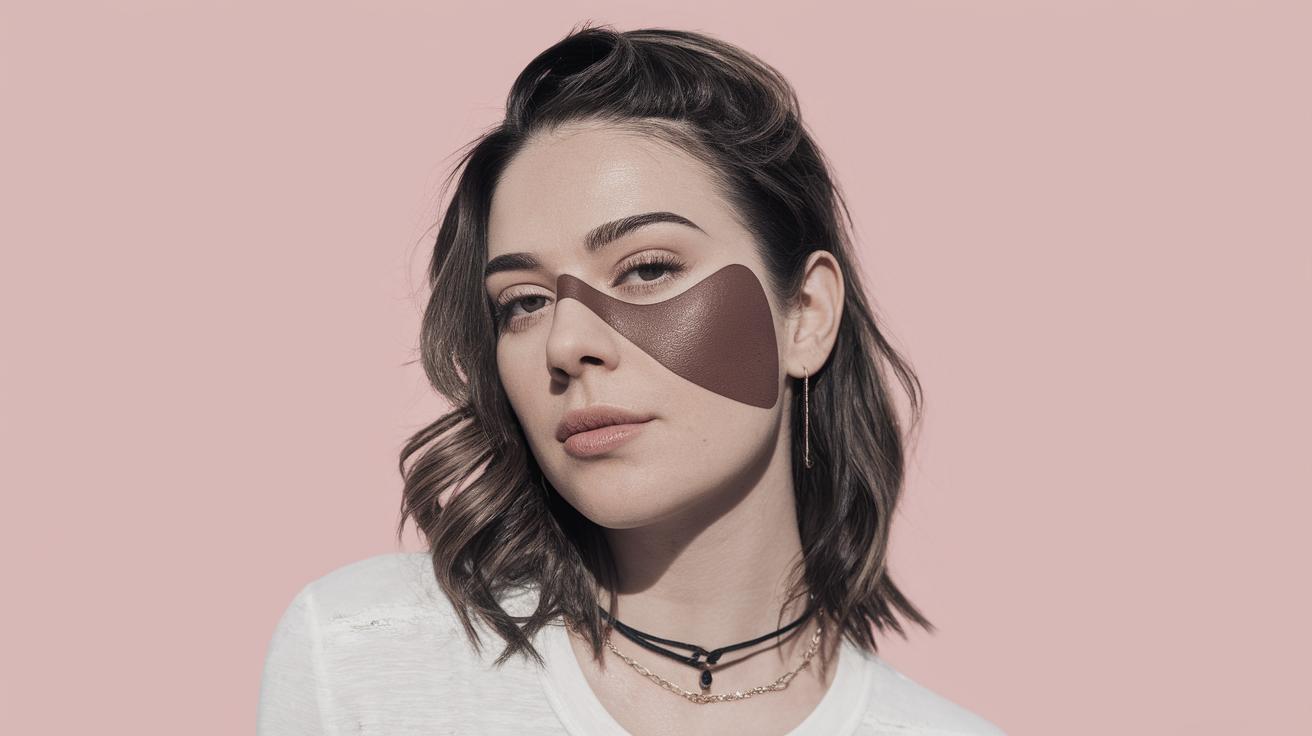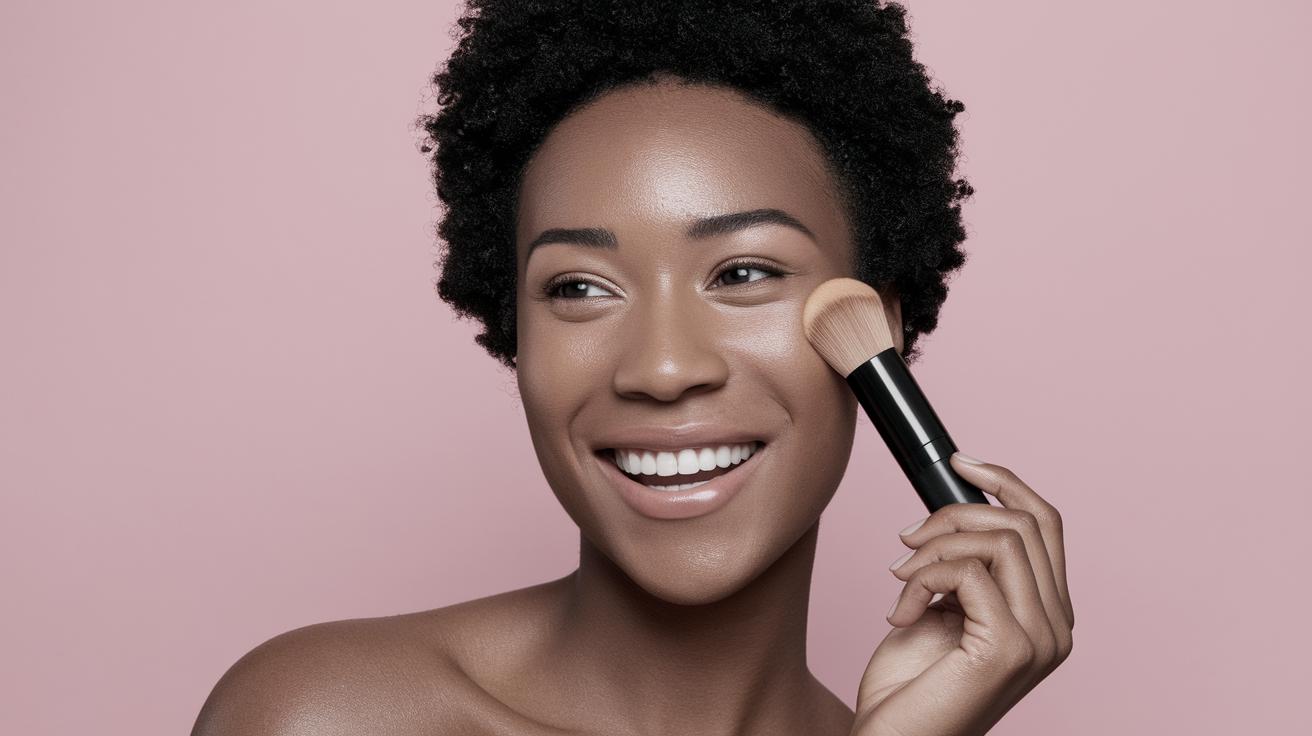Mastering the Art of Contour: A Comprehensive Guide
Contouring is more than just a makeup technique; it’s a transformative journey that can redefine your facial features and enhance your natural beauty. This detailed guide covers everything you need to know about contouring, from understanding what it truly is and how it differs from bronzing, to discovering the best products for your contouring needs. We provide a step-by-step guide to seamlessly apply contour, ensuring you achieve a flawless finish every time. Whether you’re a makeup enthusiast or a beginner, this post will empower you with the knowledge and tools to contour like a pro. Dive into the world of contouring and discover how to bring out your unique facial structure while achieving a radiant, sculpted look.
Everything to know about contouring
Contouring has revolutionized the beauty industry, spotlighted by makeup artists and beauty influencers across the globe. It involves using makeup to sculpt and define facial features, creating shadow and light to highlight specific areas. The impact of contouring is both subtle and dramatic, depending on the techniques used and the desired look.
Whether for everyday wear or glamorous occasions, contouring is versatile, offering an array of possibilities to enhance your facial structure. It plays a significant role in the comprehensive makeup routine, balancing shadows and highlights to create symmetry and depth. Understanding the fundamentals of contouring can significantly elevate your makeup application skills.
What is contouring?
At its core, contouring is a technique for redefining the face. It draws attention to facial features by creating shadows and highlights. This is achieved by applying darker shades to areas you want to recede and lighter shades to areas you wish to accentuate.
The technique can be subtle, providing a natural enhancement, or dramatic, for a more high-fashion look. Recognizing where to apply contour is crucial. The cheekbones, jawline, nose, and forehead are common areas that can benefit from subtle shading and highlighting.
What is the difference between contour and bronzer?
While contour and bronzer may appear similar in your makeup bag, they serve distinct purposes. Contour products are generally cool-toned and matte, designed to mimic shadows on the face for a sculpted finish.
In contrast, bronzers are typically warm-toned and can have a shimmery finish. They’re designed to add warmth and a sun-kissed glow to your complexion, not to sculpt or add shadows. Understanding these differences ensures you’re using each product to its full potential.
What all do you need for contouring?
To properly contour, you’ll need a few essential tools and products. These include contour powders or creams, a highlighter for adding light reflection, and the right set of brushes. Investing in high-quality products can make a significant difference in the final look.
Brushes should vary according to the contouring technique; a small, dense brush for detailed application, and a larger, fluffier brush for blending. Some prefer using beauty sponges for a more diffused look, particularly with cream products.
Shop the best cream contour here
Cream contours are ideal for those new to the technique, offering a more forgiving application. These products allow you to build intensity, perfect for achieving a natural look that blends seamlessly with your foundation.
Look for shades that suit your skin tone and use a damp sponge or foundation brush for application. Cream products are known for their long-lasting finish and natural appearance.
Shop the best powder contour here
Powder contours are great for those who prefer a matte finish or have oily skin. They offer precision and can be layered for added intensity, providing a more defined, dramatic look.
These products typically work well over set foundation and can be applied with an angled brush, focusing on blending out harsh lines for a seamless finish.
How to apply contour: A step-by-step guide for contouring your face
Step 1: Prep your face
Before contouring, ensure a smooth canvas by cleansing and moisturizing your skin. Apply a primer suited to your skin type to help makeup adhere and last longer.
Step 2: Shadow
Using a contour product, apply under the cheekbones, along the jawline, and on the sides of the nose. Focus on any areas you wish to define, ensuring even application.
Step 3: Highlight
Choose a highlighter and apply to the high points of your face, such as the tops of your cheekbones, the bridge of your nose, and your Cupid’s bow, adding dimension.
Step 4: Blush
For a flush of color, apply blush to the apples of your cheeks. Blend with contour and highlight for a cohesive, natural finish.
Step 5: Blend
Blend all products well using a makeup brush or sponge. This step is crucial to avoiding harsh lines and achieving a naturally sculpted look.
Step 6: Set it in place
Finish by setting your makeup with a translucent powder or setting spray to lock everything in place and ensure longevity throughout the day.
Frequently Asked Questions
Q: Can contouring suit all skin types?
A: Yes, with the right products, contouring can be customized for any skin type.
Q: How light and dark should my contour shades be?
A: Choose contour shades 1-2 shades darker and highlight 1-2 shades lighter than your natural skin tone for a balanced look.
Tags
#Contouring #MakeupGuide #BeautyTips #FaceSculpting
Written by
Anushka Narula
Anushka Narula is a beauty expert and enthusiast with years of experience in the makeup industry, sharing tips and products to help readers achieve their beauty goals.
Most Popular
Recommended for you
Glam up for 2025: Ring in the New Year with these show-stopping party makeup looks
Prepare to dazzle in the New Year with makeup that turns heads and captivates the room. Explore our top recommendations for party-ready looks.
Spilling the Milk: A conversation with Mazdack Rassi, co-founder of Milk Makeup
Dive into the innovative mind of Mazdack Rassi and discover the creative vision behind Milk Makeup’s groundbreaking products and trends.
Future prospects
| Aspect | Details |
|---|---|
| Understanding Contour | Basics, application areas |
| Contour vs. Bronzer | Different effects and purposes |
| Essential Tools | Creams, powders, brushes |
| Step-by-Step Guide | Preparation to setting |
| Top Products | Recommended cream and powders |


